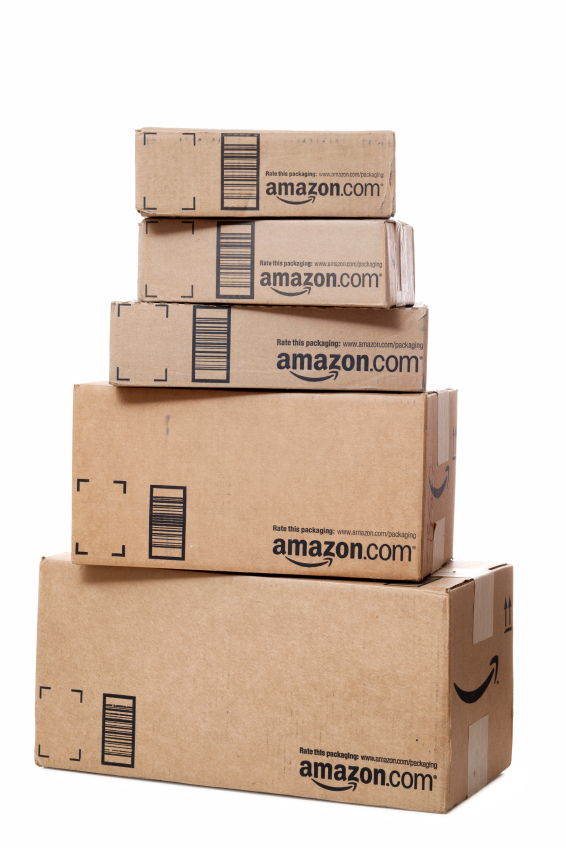In many regards, running an omnichannel retail business should come with nothing but advantages. After all, if selling to customers through one channel is effective, doing so over many should be even better, right? Unfortunately, no. While selling over multiple channels is a great way to drive up revenues, the approach comes with some unique challenges as well. If you don’t negotiate them correctly, stacking on channels to your retail business could actually sink it. So here are some effective ways to optimize your approach so you get better returns and fewer problems.
Advanced Attribution Methodology
Even when you’re selling over multiple channels, it’s easy to keep track of where each sale is coming from. The importance of doing this should be obvious.
However, simply knowing which channel someone bought through isn’t good enough. You need a strategy for figuring out what led them to that eventual choice. Without knowing all the touch points a customer went through before eventually converting, you’re missing out on some powerful information. Any competitors who are privy to it will soon be tearing through your market share as they optimize those contact points that bring them the MOST® revenue.
Standardize Your KPIs
No matter how well you do, you’ll never know how much better you could be doing if you’re not constantly measuring your current results. To do this, you need KPIs (Key Performance Indicators) you can reference.
Unfortunately, it can be tempting to use different KPIs for different channels. This mistake seems like common sense to many people though. For example, when it comes to earned media, you may be measuring page views, while for paid media, you might be keeping track of clicks. Again, this would seem to make a lot of sense, but it also means you’re comparing apples and oranges.
You can use all kinds of methods for measuring the success of any one channel, but without a single, standard KPI across all of them, don’t expect to reliably compare them to one another.
Attribute an ROI to Each Conversion Event
This tip will have a huge positive effect on your overall business, but it’s going to take some work on your part. First, “conversion” in this context is used to mean any event that provides you with a lead. So, it could mean adding an item to the cart, but it could also mean downloading a video or submitting contact information.
As all these events get you one step closer to the sale, it makes sense that you would track and measure them to look for ways to get those events to occur more in the future. One obvious way to do this is by tracking the ROI associated with each one.
What you want to find out, of course, is how much each conversion costs you. Be sure to include things like creative costs, media costs, agency fees, internal resources, and anything else that went into getting a potential customer to commit to the event.
When you’ve established the ROI of each event, you’ll have a better idea of which ones are worth more of your resources and which simply aren’t. Without this vital data, you could easily be committing time and money toward events that only seem like they’re worth the trouble.
Utilize Back Office Software
A great way to manage your multiple channels and increase customer satisfaction is through back office software. In fact, it will help report a lot of the analytics necessary to initiate the above methods. Plus, once you get a sale, back office software helps you manage inventory, fulfillment and delivery.
Although there are a number of advantages that go along with being an omnichannel retailer, that doesn’t mean challenges don’t share the territory. Fortunately, the above ideas can all help you overcome obstacles and increase returns.
Source:
https://multichannelmerchant.com/must-reads/5-tips-omnichannel-success-23022014/










